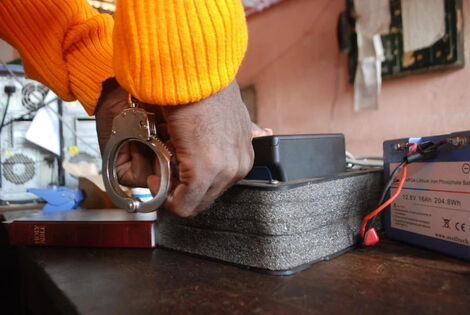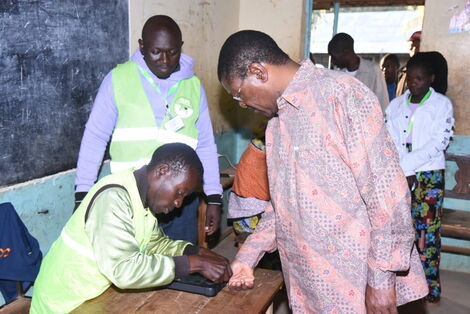Members of the Kikuyu, Embu and Meru tribes residing in Nairobi and certain areas within the city’s satellite towns were among the first Kenyans to present their fingerprint data.
The communities were compelled to submit their details following the state of emergency in 1952 when former President Daniel Moi’s administration faced an attempted coup.
Moi’s government scaled the collection of fingerprints to identify escapees and wanted assailants linked to the attempted coup.
History of fingerprints collections unit

The collection of fingerprints is under the Criminal Identification Bureau, a Section of the Directorate of Criminal Investigations (DCI) and the National Police Service (NPS).
It was first established in 1909 alongside the construction of the Mathare deport.
British government operationalised the unit in 1926 and used the records to search and identify suspects and accused persons.
The scale was due to increased resistance from Kenyans who targeted the white settlers.
Since its establishment, over two million records associated with criminal cases have been recorded.
Functions of the Unit
The fingerprint unit maintains all criminal records.
It applies Forensic Fingerprint Science Technology to analyse palm, finger, foot and toe impressions for issuing Police Clearance Certificates.
“Issuance of Certificate of Previous Convictions Linking the criminal with crime scene impressions and identifying of unknown dead bodies,” DCI’s records indicated.
The collection of fingerprints is also essential as it helps cops and DCI officers compile data used to release crime statistics.
To further empower the unit, Interior Cabinet Secretary Kithure Kindiki appointed Silas Sachida, Masika Mukuyuni, Geoffrey Wanyoike, Moses Mucheru and Hopkins Hoyt through a gazette notice dated Friday, December 9.
Fingerprint data is also used during elections in the country, as voters are identified via biometrics.

Source: kENYANS.CO.KE











